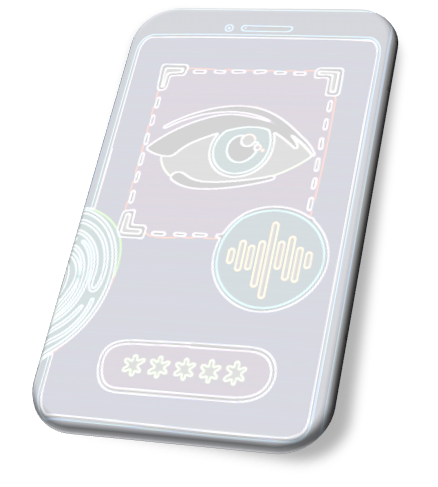Services > Special
Introduction to Biometric Authentication Measures
In today's world, the security of sensitive information and data is paramount. Passwords and PINs have long been the standard authentication method for accessing such information, but they are vulnerable to hacking, phishing, and other attacks. As a result, biometric authentication measures have emerged as a more secure and reliable alternative.
Biometric authentication measures rely on unique physical and behavioral characteristics of an individual to identify them. Some common biometric authentication measures include fingerprint recognition, vein reader, facial recognition, and voice recognition.

Fingerprint Recognition:
Fingerprint recognition is one of the most popular biometric authentication measures used today. It works by scanning the unique pattern of ridges and valleys on a person's fingertips. Advantages of this method include its high accuracy and ease of use. It can be used in a wide range of settings, from unlocking smartphones to accessing secure facilities. However, fingerprint recognition can be fooled by fake fingerprints, and it may not work for people with damaged or scarred fingertips.
Facial Recognition:
Facial recognition is another popular biometric authentication method that works by analyzing the unique features of a person's face. This method is highly accurate and can work even at a distance. It can be used in a variety of settings, from unlocking smartphones to surveillance systems. However, it can be fooled by masks or facial prosthetics, and it may not work well in low-light or crowded environments.
Voice Recognition:
Voice recognition is a biometric authentication method that works by analyzing the unique characteristics of a person's voice. It is commonly used in phone-based authentication systems or to unlock smart speakers. It is very accurate and works well in noisy environments. It works extremely well for people with accents, hoarseness,or speech impediments after an extensive learning period.
Comparison:
Each of these biometric authentication methods has its own strengths and weaknesses. Fingerprint recognition and facial recognition are the most widely used methods, while vein reader and voice recognition are less common but highly secure. The choice of which method to use will depend on the specific needs of the application, the level of security required, and the cost constraints.
Conclusion:
Biometric authentication measures provide a highly secure and reliable method for identifying individuals. They offer several advantages over traditional authentication methods, including higher accuracy and ease of use. However, they also have some limitations and potential weaknesses that should be considered when choosing a method to use. Overall, biometric authentication measures are a powerful tool in the fight against cybercrime and information theft.


